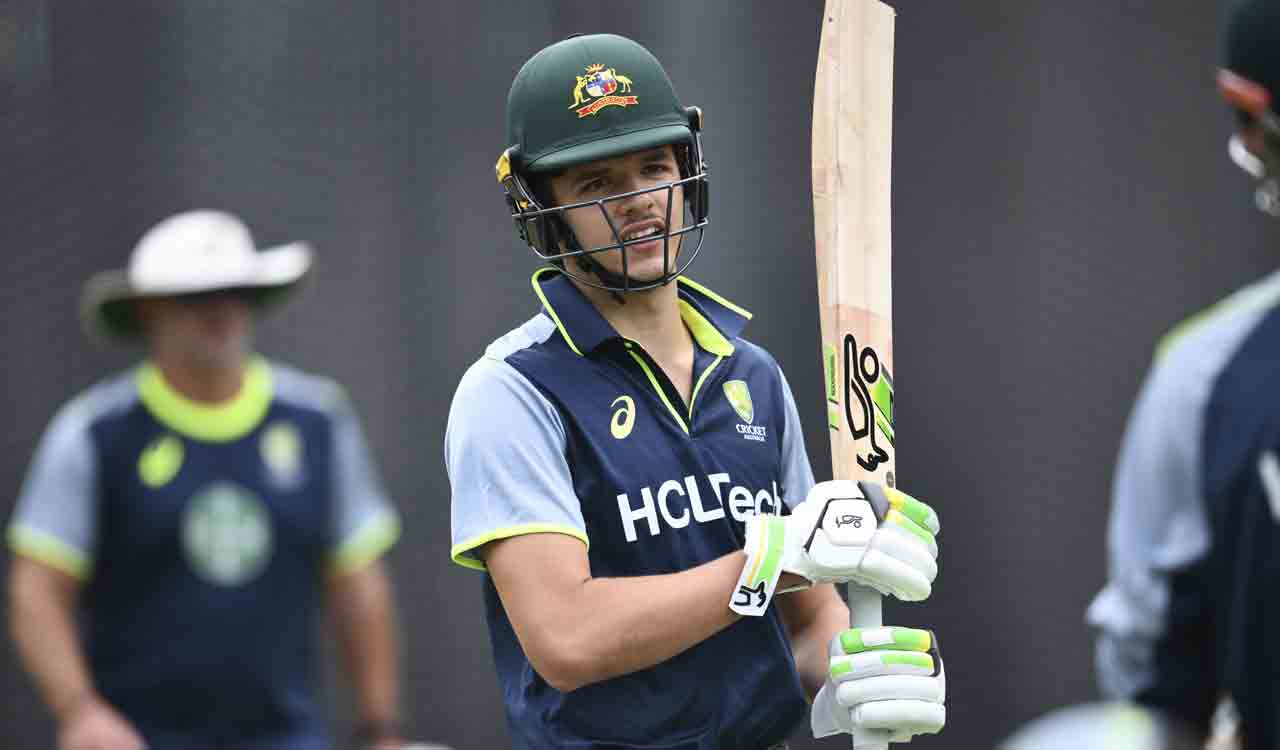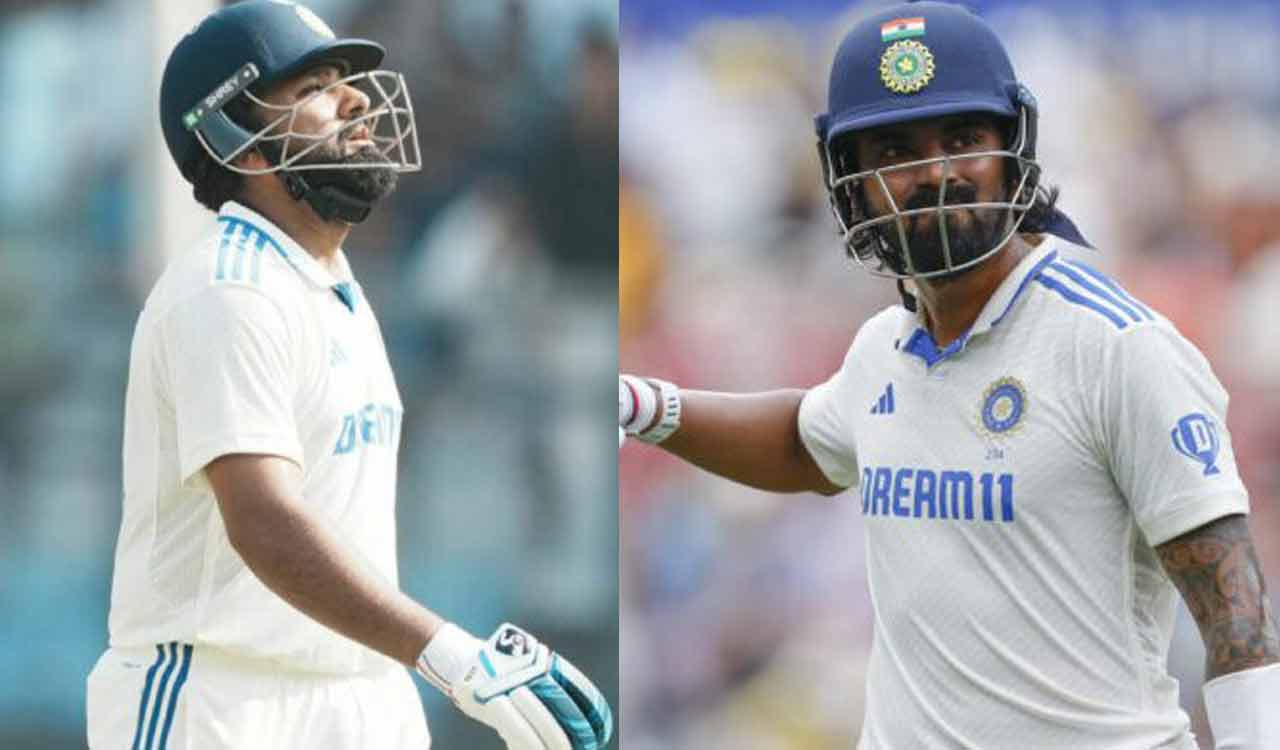Editorial: Reality check on TB
Without robust investment and coordinated efforts, TB will continue to thwart India’s health goals

In a country like India, where undernutrition is rampant, particularly among children, eradicating tuberculosis continues to be a major challenge. The 2025 target, set by the government nearly a decade ago for the complete elimination of TB, appears a tall order, given the ground realities. The latest Global Tuberculosis Report by the World Health Organisation (WHO) shows that India accounts for 26% of the world’s TB burden, with an estimated 28 lakh cases, and 27% of global multi-drug resistant tuberculosis. This grim statistic underscores the challenges facing the country’s National TB Elimination Programme, set against a backdrop of rising multidrug-resistant tuberculosis (MDR-TB), a public health crisis in its own right. Grossly inadequate diagnostic facilities and delayed detection are the major areas of concern in the fight against the disease. The sooner treatment commences, the quicker the cycle of airborne transmission is halted. With under-investment in public health and the TB programme, the public sector is over-stretched. Because of the deficiencies in the public sector, nearly 80% of Indian TB patients choose to incur large out-of-pocket expenses and seek treatment with unregulated private practitioners. The MDR-TB complicates the situation further, with India housing the largest global burden. It often arises from treatment mismanagement and requires longer, costlier and more toxic medications. Unfortunately, only 44% of the MDR-TB cases receive adequate treatment. This stark gap reveals the strain on India’s health infrastructure and the impact on patients whose access to quality care remains inconsistent.
The costs of treating and managing TB prove burdensome for many households in India. Moreover, funding for TB has dwindled in recent years. The government must bridge funding gaps and tackle the socio-economic factors driving TB, including poverty, undernutrition and limited healthcare access. Furthermore, increasing awareness about MDR-TB and expanding the use of newer treatment regimens could be game-changers. Without robust investment and coordinated efforts, TB will continue to thwart India’s health goals and global ambitions. Poverty and malnutrition are responsible for up to 40% of incidence in the country. A good diet not only reduces the incidence of the disease among vulnerable people living with infected people, but it also brings down mortality in TB patients. Unequal access to economic opportunities, limited healthcare, poor sanitation, crowded living conditions, malnutrition and illnesses such as diabetes or HIV are all associated with increased risk of tuberculosis. In India, the National Tuberculosis Elimination Programme (NTEP) recognises the need to improve nutrition and under the ‘Nikshay Poshan Yojana’, an amount of Rs 500 is given every month to those diagnosed with TB. This is grossly inadequate to take care of the nutritional requirements. The NTEP guidelines recommend that a tuberculosis patient consume 2,800 calories every day. Nikshay Poshan is a half-hearted attempt at addressing one of the root causes of the problem. The scheme has also been dogged by systemic challenges.
Related News
-
Haiti gang attack on journalists covering hospital reopening leaves 2 dead, several wounded
25 mins ago -
21 dead as Mozambique erupts in violence after election court ruling
43 mins ago -
Cartoon Today on December 25, 2024
8 hours ago -
Sandhya Theatre stampede case: Allu Arjun questioned for 3 hours by Chikkadpallly police
9 hours ago -
Telangana: TRSMA pitches for 15% school fee hike and Right to Fee Collection Act
9 hours ago -
Former Home Secretary Ajay Kumar Bhalla appointed Manipur Governor, Kerala Governor shifted to Bihar
9 hours ago -
Hyderabad: Organs of 74-year-old man donated as part of Jeevandan
9 hours ago -
Opinion: The China factor in India-Nepal relations
10 hours ago




